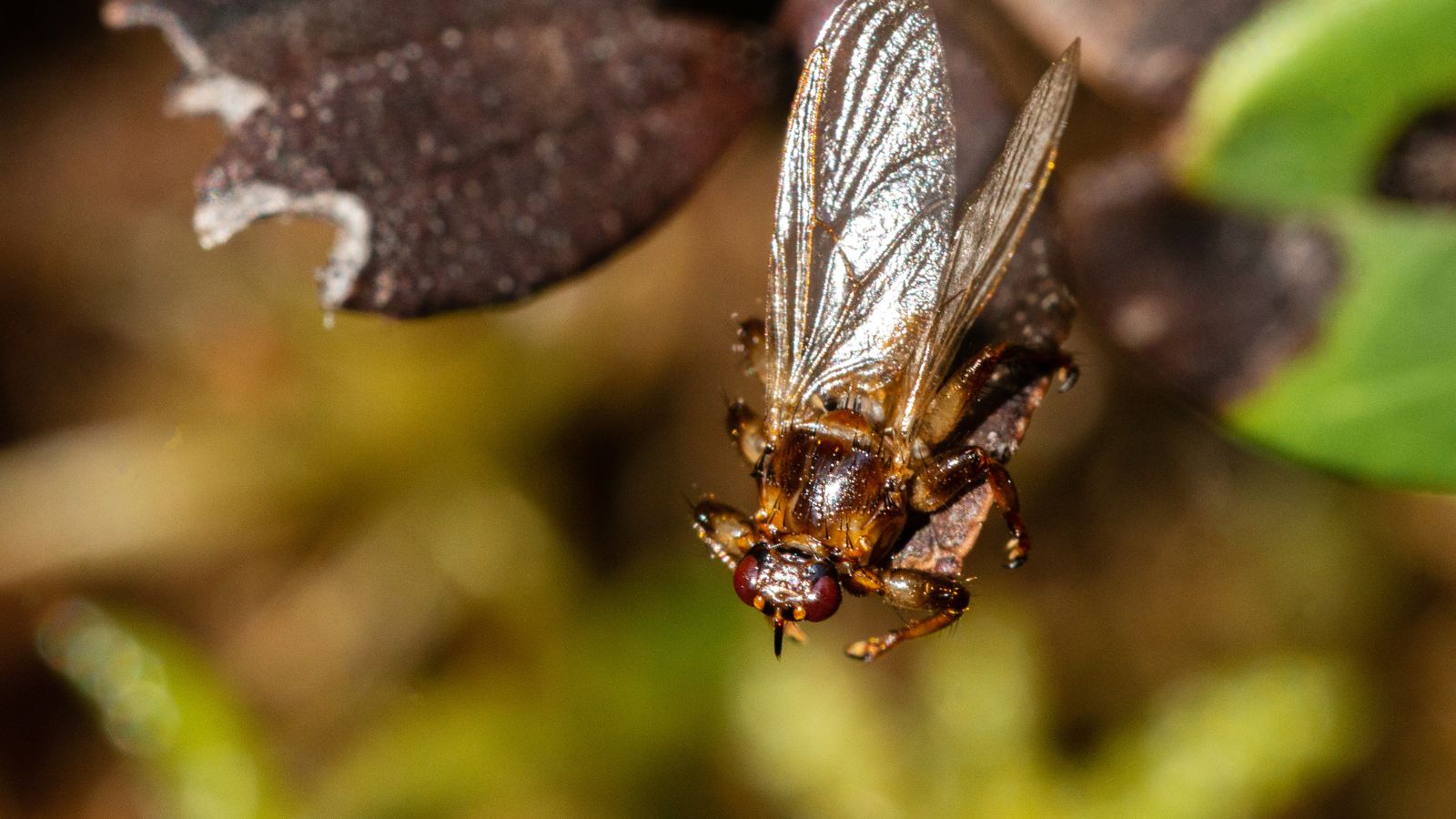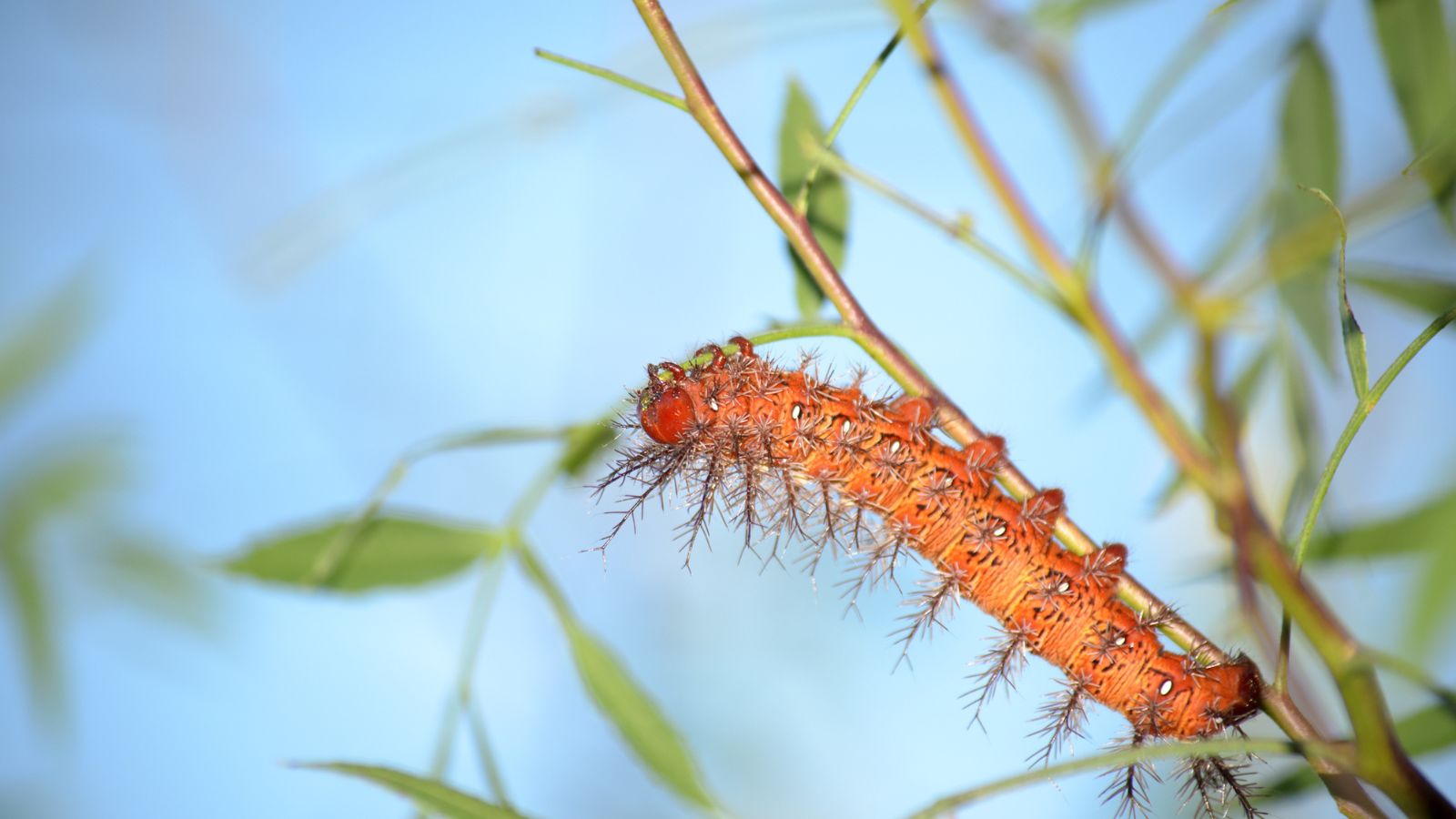Most of us have been bitten at some point in our lives, but sometimes it’s hard to know exactly by what. Whether you’re trying to identify your mysterious biting visitor or are simply curious to learn more about America’s most infamous biters, we’ve got you covered. This list reveals the 19 most common insect bites in the U.S.
Mosquito Bites

As you may have guessed, the most common insect bite in the U.S. is the mosquito bite. According to the National Park Service, there are over 200 mosquito species across America, so it’s no wonder they’re such prolific biters. Mosquitoes can transmit diseases such as malaria, Zika virus, and West Nile virus in certain areas, so it’s important to be cautious and take preventative measures like using insect repellent.
Bee & Wasp Stings

While technically not a bite, bee and wasp stings are very common in the U.S. Bees and wasps will usually never sting without being threatened or provoked, although wasps can be more aggressive. Some people are allergic to these stings, in which case it’s important to seek medical attention immediately.
Tick Bites

Tick bites can be completely painless at first, but they can cause you to develop serious diseases such as Rocky Mountain spotted fever and Lyme disease later down the line. Tick bites usually occur in woods, forests, and bushy, grassy areas.
Flea Bites

You may think of fleas as being a pet thing, but humans can get fleas too. Flea bites are typically small, red, and itchy and often appear on the legs and ankles. You’re more likely to get bitten by fleas if you have pets, so you should give them anti-flea treatments regularly to combat that risk.
Ant Bites and Stings

Ants can both sting and bite, but they usually won’t do either unless they are threatened or provoked. However, fire ants can be aggressive and have very painful stings, so it’s a good idea to be cautious around ants that are red in color.
Bed Bug Bites

Don’t let the bed bugs bite! While bed bugs are not known to transmit any diseases, they can become a real problem when they take up residence in our beds, causing red, itchy bites and hygiene issues. Bed bug infestations require professional extermination.
Chigger Bites

You may not have heard of chiggers, but their bites are surprisingly common. Chiggers are the tiny larvae of harvest mites and are known to bite people around the ankles, waist, and in warm skin folds. Allina Health states that you are most likely to get bitten by these little critters in grassy and woody areas during late spring to early fall.
Spider Bites

While most spider bites are completely harmless beyond causing a little discomfort, some spider species can be dangerous. Bites from the Black Widow and Brown Recluse rarely kill people but do require swift medical attention to prevent severe symptoms and complications.
Scorpion Stings

While not technically insects, scorpions are quite common in the Southwest and usually prefer to sting rather than bite. Thankfully, scorpions will usually not sting without being provoked, and their stings do not typically require medical treatment. However, if you seem to be having an allergic reaction, you should seek medical attention as soon as possible.
Horsefly Bites

If you’ve been bitten by a horsefly, you’ll almost certainly know it. Horsefly bites can be extremely painful, becoming red and swollen quickly. Because they cut the skin to feed on blood, there is also a higher risk of infection. As such, you should clean the bite area as soon as possible.
Deer Fly Bites

Deer fly bites are similar to horsefly bites, causing intense pain, redness, and swelling. They can also transmit tularemia in rare cases, so it’s important to take preventative measures such as wearing protective clothing and insect repellent if you’re hiking around bodies of water or woods in spring or early summer.
Sand Flea Bites

Sand fleas reside around beaches and coastal areas and are known to bite unsuspecting beachgoers. Their bites can be itchy and red, and cause blisters in some cases. To minimize the risk of being bitten, you should stay off the sand as much as possible and use a beach towel or blanket when lying or sitting on the beach.
Lice Bites

Head lice are very common in the U.S. According to Healthline, approximately 6–12 million American children aged 3–11 get lice every year. They are typically found on the scalp, neck, or shoulders, and they can be easily spread through close personal contact.
Mite Bites

There are several species of mites, including dust mites and scabies mites. While dust mites are allergenic, they do not bite. On the other hand, scabies mites are known to burrow into the skin and cause scabies, which require swift medical attention.
Black Fly Bites

Black flies are found in moist, wooded areas during the daytime and leave bites that can cause painful, red, itchy, and sometimes swollen spots. While they can transmit Onchocerciasis in some parts of the world, their bites are not dangerous in the U.S.
No-See-Um Bites

As their name suggests, no-see-ums are tiny midges that can be difficult to see with the naked eye. They are known for delivering surprisingly painful bites despite their small size, causing red, itchy welts. No-see-ums are most common in humid areas and around water bodies.
Centipede Bites

Centipedes are not technically classified as insects, but their bites are somewhat common in the U.S. and can cause pain, redness, and swelling that mimic insect bites. Thankfully, centipedes will not bite humans unless they are defending themselves.
Caterpillar Stings

Some caterpillars have venomous spines or hairs that can be used to deliver painful stings or rashes. You may experience reactions such as burning and itching sensations. It’s best to avoid touching caterpillars as much as possible and wear protective clothing in areas where they’re common.
Yellow Jacket Stings

Yellow jackets are infamous for being more aggressive than other insects, especially if their nest is disturbed. Their stings can be red, intensely painful, and cause swelling. They can also sting multiple times and cause allergic reactions, which require immediate medical attention.
Read More: 17 Things That Are Sadly Disappearing From Everyday Life

Life in modern times seems to evolve at an unprecedented pace. Certain things we couldn’t live without a few years ago are rapidly becoming redundant. Let’s take a peek at 17 such victims of modernization and why they’re slowly but surely disappearing.
17 Things That Are Sadly Disappearing From Everyday Life
15 Ways To Tell If Someone Is Not a Good Person

While it’s important to avoid quick judgments, certain behaviors can be strong indicators of a person’s character. Here are 15 ways to discern if someone might be a bad influence or possess harmful traits.
15 Ways To Tell If Someone Is Not a Good Person
19 Untrue American Stereotypes That Are Widely Believed Internationally

Stereotypes and misconceptions can be misleading and frustrating, especially when they pertain to nationalities. Let’s explore and debunk some common myths about America, as shared by internet users.
19 Untrue American Stereotypes That Are Widely Believed Internationally
18 Everyday Items That Have Now Become Too Expensive For the Average American

There are some items that we have to pay for every single day. But for the average American, these mundane things are becoming too expensive. In this article, we will show you 18 of these pricey day-to-day items.
18 Everyday Items That Have Now Become Too Expensive For the Average American
18 Hard Truths to Accept in Life, According to Boomers

The older we become, the more we learn about life, and with that come the truths that we need to accept. Boomers have had their fair share of truths as they’ve grown through the years. Here are 18 hard truths that every boomer wants us to know.

